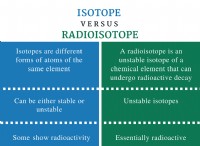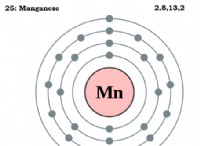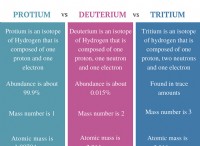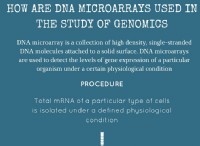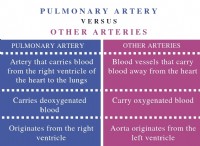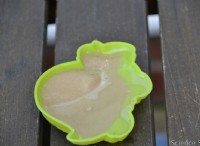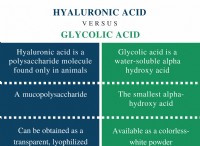The reaction mechanism proceeds as follows:
Step 1:Nucleophilic Addition
The Grignard reagent, which acts as a nucleophile, attacks the electrophilic carbonyl carbon of the carboxylic acid. This leads to the formation of a new carbon-carbon bond and the breaking of the carbon-oxygen double bond of the carbonyl group.
Step 2:Proton Transfer
In the presence of a protic solvent, such as water or an alcohol, a proton transfer occurs. The acidic hydrogen from the carboxylic acid transfers to the oxygen atom that was previously bonded to the carbonyl carbon.
Step 3:Product Formation
反応の最終産物は、グリニャード試薬のアルキルまたはアリール基がカルボン酸のヒドロキシル基を置き換えた置換アルコールです。
The Grignard reaction is a versatile and widely used method for carbon-carbon bond formation. It allows for the introduction of various carbon substituents onto carboxylic acids and is commonly employed in organic synthesis.
